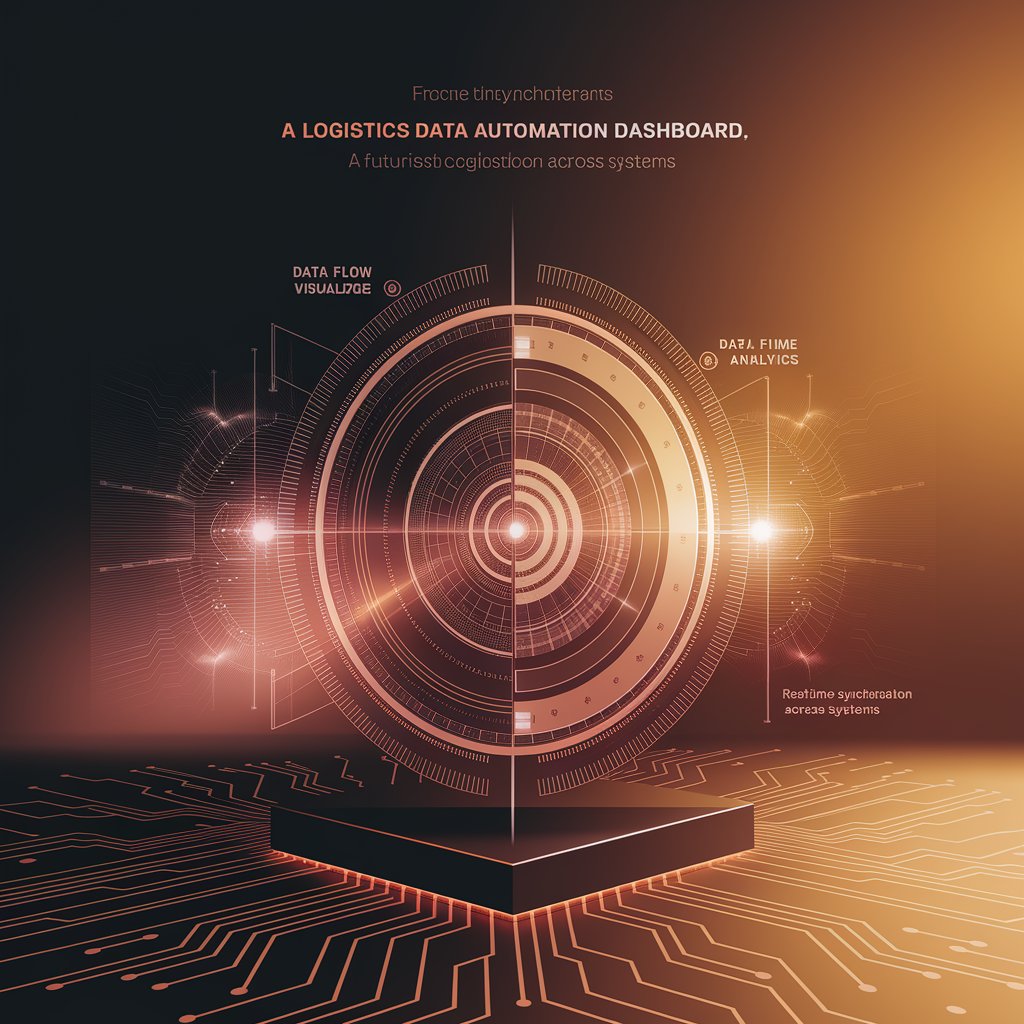Logistics Data Automation: Turning Information into Intelligent Logistics Operations

Introduction
Linbis solves this with logistics data automation, an end-to-end solution that captures, validates, and synchronizes data across every logistics process automatically.
No spreadsheets. No retyping. Just clean, connected, and actionable logistics intelligence.
Step 1: Unified Data Collection
Linbis connects every logistics touchpoint to a single data environment:
- TMS, WMS, and ERP systems for operations, inventory, and orders.
- Carriers and customs systems for live shipment and clearance data.
- IoT devices and GPS trackers for real-time transport information.
- CRM and finance platforms for customer and billing data.
This integration creates a single, reliable database that powers the entire logistics operation — automatically.
Step 2: Automated Data Entry and Validation
Data entry errors are one of the most expensive problems in logistics.
Linbis eliminates them through automation:
- Auto-captures shipment data from digital forms, emails, or APIs.
- Validates inputs against business rules and carrier requirements.
- Flags inconsistencies for review before they cause issues.
- Updates systems simultaneously, ensuring every platform stays synchronized.
Result: accurate, clean data that flows across systems without human intervention.
Step 3: Smart Workflow Synchronization
Automation doesn’t stop at entry — Linbis links data directly to logistics workflows:
- When a quote is created, shipment data flows to the TMS automatically.
- When a booking is confirmed, related documents are auto-generated.
- When a shipment arrives, billing and KPIs update instantly.
- When inventory moves, reports refresh across all systems.
This end-to-end synchronization ensures all departments work

Step 4: Predictive and Analytical Intelligence
With reliable data in place, Linbis applies AI analytics to generate predictive insights:
- Detects operational trends across shipments and regions.
- Forecasts future demand, costs, and resource needs.
- Identifies bottlenecks and inefficiencies automatically.
- Suggests process optimizations based on past performance.
Linbis transforms static logistics data into living intelligence for proactive decision-making.
Step 5: Reporting and Automation Dashboards
Linbis gives managers full visibility through AI-powered dashboards:
- Real-time KPIs on shipment performance, costs, and transit times.
- Automated reporting for audits, compliance, and partners.
- Trend visualizations for forecasting and improvement tracking.
- Drill-down analytics by customer, carrier, or region.
All reports are generated automatically — always accurate, always up to date.
Step 6: Integration with Automation Ecosystem
Linbis logistics data automation connects seamlessly with the broader automation ecosystem:
- RPA (Robotic Process Automation) tools for repetitive admin tasks.
- AI engines for predictive modeling and alerts.
- APIs for integration with external partners or carriers.
- Cloud storage for secure and scalable data management.
It becomes the data backbone of your digital logistics transformation.
Step 7: Continuous Improvement and Learning
Linbis’s AI engine continuously improves how data is processed:
- Learns which sources provide the most accurate information.
- Refines automation rules based on user activity.
- Expands integration coverage automatically.
- Recommends new data workflows for higher efficiency.
The more you use Linbis, the smarter it becomes.

Advanced Features
- End-to-end logistics data synchronization.
- Automated entry, validation, and updates.
- AI-driven data quality monitoring.
- Integrated analytics and predictive reporting.
- Scalable cloud-based architecture.
Real-World Example 🚚
A freight forwarder in Miami implemented Linbis logistics data automation to eliminate manual data entry from 10 carriers.
After 3 months:
- Data accuracy reached 99.8%.
- Processing time per shipment dropped by 60%.
- Team productivity increased by 35%.
Now, their operations run on real-time data — not spreadsheets.

Benefits 📈
- Accuracy: Eliminate human error and duplication.
- Speed: Process shipments and documents instantly.
- Visibility: Access consistent data across departments.
- Efficiency: Automate data workflows end-to-end.
- Scalability: Handle growing volumes effortlessly.
Conclusion
With logistics data automation, Linbis turns complex logistics operations into seamless, data-driven workflows.
By combining AI, automation, and system integration, Linbis enables companies to make faster, smarter, and more accurate decisions — without manual effort.
In modern logistics, efficiency starts with one thing: automated data.
